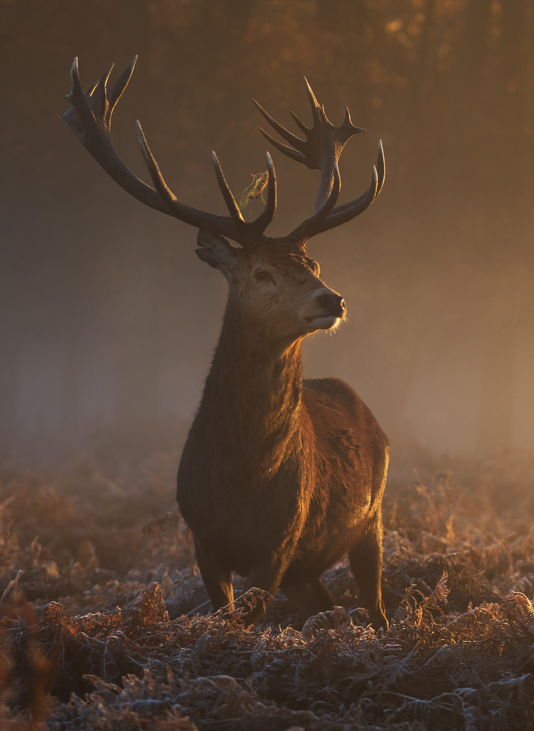History
Header photo by Petra Mannooch-Riggs
Richmond Park is London's largest Royal Park, covering an area of 2,500 acres. It is a National Nature Reserve and a Site of Special Scientific Interest, of both national and international importance for wildlife conservation.
Richmond Park was established in its present form by King Charles I, who in 1637 turned the area on the hill above Richmond into a hunting park for red and fallow deer. He enclosed the Park with high walls, an action that was not popular with the local residents, although he did allow pedestrians to exercise historic rights of way across it. To this day most of the wall remains, although some sections have been removed over the centuries and the remainder has been rebuilt and reinforced.
Legal action in 1758 by John Lewis, a public-spirited brewer of Richmond, confirmed the right of access for pedestrians at all times and frustrated attempts by the Royal Ranger to prevent such access.
The Park has changed little over the centuries and, although it is surrounded by human habitation, the varied landscape of hills, woodland gardens and grasslands set among ancient trees abounds in wildlife. This incredible environment has been created by centuries of grazing by herds of red and fallow deer.
Some features have been added to the Park. The Isabella Plantation is a stunning woodland garden, which was created after World War II from an existing woodland, and is organically run, resulting in a rich flora and fauna.
Richmond Park is a site of both national and international importance for wildlife conservation. It is London's largest Site of Special Scientific Interest, a National Nature Reserve and a Special Area of Conservation. The Park also incorporates the most important area of lowland acid grassland in the Greater London region. Lowland acid grassland is a priority habitat in the Government's Biodiversity Action Plan.
The Park is a top UK site for ancient trees, particularly oaks, which have great historic and wildlife importance. The trees and associated decaying wood support nationally endangered species of fungi, as well as a remarkable range of nationally scarce invertebrates such as the cardinal click beetle and the stag beetle. Over one thousand species of beetle (more than one quarter of the British list) have been recorded in the Park.


